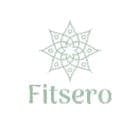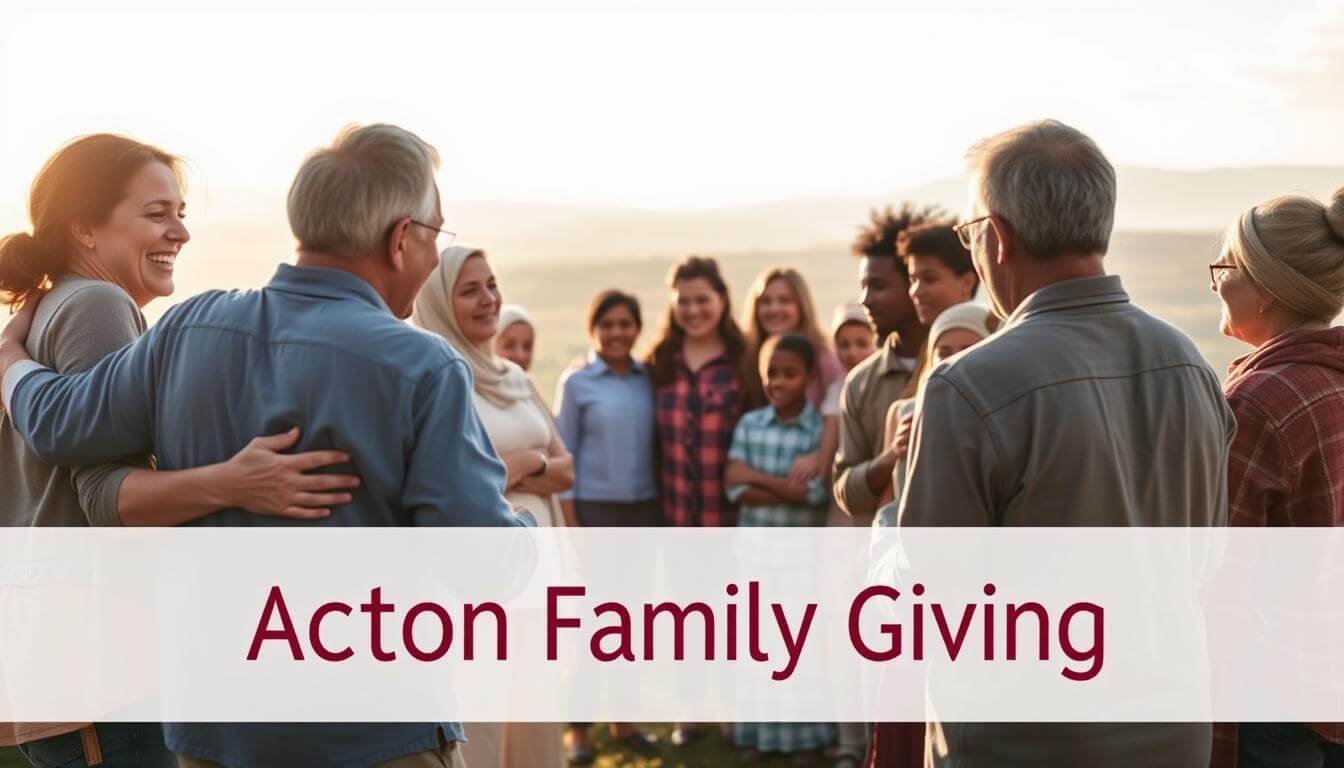In 2014, a Silicon Valley couple faced a life-changing decision. Brian Acton had just sold WhatsApp for $22 billion, and he and his wife Tegan wanted their wealth to mean something. Instead of traditional charity, they built a giving machine. Their creation? A donor-advised fund that would reshape modern philanthropy, later known as Acton Family Giving.
The Actons chose radical trust over rigid rules. They partnered with Fidelity Charitable to manage nearly $400 million, committing to distribute 5% annually. But this wasn’t just about cutting checks. Their approach let communities lead, funding organizations without red tape or restrictions.
What makes this initiative stand out? Unrestricted grants became their superpower. Nonprofits could use funds where needed most, creating lasting change instead of temporary fixes. This strategy turned tech wealth into tools for social justice and education reform across America.
Key Takeaways
- Founded by WhatsApp co-creator Brian Acton and spouse Tegan in 2014
- Manages $397 million through Fidelity Charitable
- Distributes 5% of assets yearly to maximize impact
- Prioritizes trust-based partnerships with grantees
- Funds social justice and community programs nationwide
Background and History
Brian and Tegan Acton built careers that would fuel their philanthropic fire long before launching their giving initiatives. Their distinct paths—one in tech, the other in storytelling—created the perfect storm for innovative charity work.
Founders’ Vision and Journey
Brian Acton sharpened his coding skills at Stanford and Yahoo!, eventually co-creating WhatsApp in 2009. Meanwhile, Tegan Acton worked at Sundance Institute for nearly a decade, learning how narratives drive social change. “Stories make causes relatable,” she later noted about her time shaping impactful films.
The Silicon Valley power couple merged their expertise after WhatsApp’s $22 billion sale in 2014. Brian’s tech savvy met Tegan’s empathy-building approach, forming a unique philanthropic partnership. Their shared goal? Tackle systemic issues through trust-based support.
Establishment and Evolution Since 2014
Within months of the WhatsApp deal, they founded three organizations under Wildcard Giving:
- Acton Family Giving for nationwide initiatives
- Sunlight Giving for local Bay Area projects
- Solidarity Giving for rapid-response funding
By 2019, the billionaire couple signed the Giving Pledge, vowing to donate most of their wealth. Their structured approach lets each branch address different scales of social challenges—from education gaps to housing crises.
acton family giving: Strategic Philanthropy in Action
Philanthropy becomes powerful when strategy meets purpose. The initiative’s three branches—each targeting distinct societal layers—create a ripple effect from local neighborhoods to national policies. This approach ensures both immediate relief and long-term structural shifts.

Alignment with Progressive Social Causes
Wildcard Giving’s ecosystem operates like a well-designed app: specialized tools for specific needs. Sunlight Giving addresses urgent community gaps, funding food pantries and medical clinics across 10 Bay Area counties. One grantee distributed 1.2 million meals last year alone.
Solidarity Giving fuels systemic change through policy advocacy. Partners like the ACLU and NAACP Legal Defense Fund receive unrestricted resources to fight voter suppression and racial inequality. “Real progress requires shifting power dynamics,” notes a program officer.
The flagship arm invests in empathy-driven media projects that challenge stereotypes. Recent grants supported documentaries on LGBTQ+ rights and environmental justice, sparking national conversations. Key strategies include:
- Funding grassroots organizations tackling housing instability
- Backing legal battles for reproductive rights
- Amplifying underrepresented voices through storytelling
By blending direct aid with advocacy, this model tackles symptoms while dismantling their root causes. It’s philanthropy reimagined for the 21st century.
Grant Making and Impact Insights
Philanthropic investments create waves when targeted precisely. This initiative channels resources through three distinct pathways: narrative-building media, digital security advocates, and community-first aid networks. Their approach turns dollars into durable change.

Diverse Initiatives and Funding Areas
Recent grants reveal a pattern of strategic empowerment. Story-driven organizations received major boosts, including:
| Recipient | Amount | Focus Area |
|---|---|---|
| ITVS | $500,000 | Documentary storytelling |
| Let’s Encrypt | $300,000 | Digital security |
| Monterey Bay Aquarium | $250,000 | Ocean conservation |
| American Library Association | $200,000 | Education access |
Funds flow equally to established entities and grassroots movements. Reproductive justice groups like the Collaborative for Gender + Reproductive Equity received half-million dollar commitments. Environmental and tech-focused programs round out the portfolio.
Quantitative Impact and Contribution Highlights
Numbers tell their own compelling story. In 2020 alone, one branch distributed $33 million through 700 grants to 275 organizations. That’s equivalent to funding three nonprofits daily throughout the year.
The scale becomes clearer when examining cumulative efforts:
- Combined charitable assets: $1 billion+
- Annual distribution rate: 5% minimum
- Average grant size: $47,000
This financial muscle supports both immediate needs and generational shifts. As one grantee noted: “Unrestricted funds let us pivot during crises while maintaining core services.”
Operational Transparency and Financial Approach
Smart money moves define modern philanthropy. The initiative’s framework combines financial savvy with open-book practices, proving generosity grows when paired with accountability.
Management Through Donor-Advised Funds
Partnering with Fidelity Charitable transformed how resources flow. By using donor-advised funds, administrative costs dropped 40% compared to traditional foundations. More dollars reach food banks and legal aid clinics instead of paperwork.
“DAFs let us act quickly when communities need help,” explains a program director. Unlike typical funds that hoard assets, these accounts distribute 5% annually—matching foundation payout rules voluntarily. Grant details appear publicly online, setting new transparency standards.
The structure supports three distinct channels under the Wildcard umbrella. While Sunlight Giving operates as a foundation, other arms leverage DAF flexibility. This hybrid model handles $1 billion+ in charitable assets with just twelve staff members.
Financial choices reflect deeper values. Treating donated money as public trust reshapes power dynamics. Every tax deduction becomes a social contract—funds must create measurable change. It’s philanthropy without the velvet ropes.
Community Engagement and Trust-Based Philanthropy
True social change begins when donors step back and let communities lead. This philosophy drives a giving model that flips traditional hierarchies, replacing rigid requirements with genuine partnerships.
Emphasizing Empathy and Common Humanity
Unrestricted grants form the backbone of this approach. Organizations receive funds without spending hours on complex applications. “Paperwork doesn’t feed families,” notes a program director. By eliminating bureaucracy, resources flow faster to food banks and housing initiatives.
Tegan Acton reshapes donor relationships through lived experience. “Nonprofits know their work better than any funder,” she explains. Her team provides multi-year support, trusting grantees to allocate funds where they’re most needed. This builds mutual accountability—donors invest, communities decide.
“Philanthropy takes up so much space in the room. But we just write the check. Someone else went out there and made it work.”
– Tegan Acton
Key practices redefine power dynamics:
- Single-page grant requests instead of 20-page proposals
- Annual check-ins rather than quarterly reports
- General operating funds covering staff salaries and utilities
This trust-based strategy amplifies diverse voices. Storytelling grants help immigrant groups share their journeys, fostering empathy across different cultures. By valuing lived experience over spreadsheets, this model proves that common humanity drives lasting impact.
Conclusion
Modern philanthropy finds its North Star when humility meets strategy. Through three distinct funds distributing over $50 million yearly, this initiative proves sustained investment in social justice outweighs one-time donations. Their approach—marked by course corrections and community-led solutions—shapes a blueprint others follow across the United States.
Unrestricted grants remain central to their “learn as we go” philosophy. By funding 500+ organizations annually without micromanagement, they empower food banks and legal aid groups to address root causes. Early missteps became stepping stones, with feedback loops refining their impact.
What lies ahead? While younger generations aren’t yet involved, the framework adapts for future challenges. Their hybrid model—combining donor-advised funds with traditional giving—could inspire wealth holders to rethink outdated practices.
This journey shows philanthropy thrives when funders become students. By pairing resources with respect, they’re rewriting rules that once favored donors over communities. The result? A legacy where dollars amplify dignity, not dictate solutions.
Check This
- Healthy Meals for Family of 4: Easy, Affordable, and Delicious Ideas
- 7 Easy Meals for the Week: Simple Recipes to Save You Time and Stress
FAQ
Who founded the philanthropic organization behind Acton Family Giving?
Brian Acton, co-founder of WhatsApp, and his wife Tegan Acton established their philanthropic efforts in 2014. Their vision centers on advancing social justice, equity, and community-driven solutions.
What causes does this initiative prioritize?
The organization focuses on progressive issues like gender equity, reproductive rights, and access to technology. For example, their Collaborative Gender and Reproductive Equity initiative supports grassroots advocacy and policy reform.
How does the grantmaking process ensure measurable impact?
By partnering with nonprofits and movements, they prioritize direct community support. Grants target education, healthcare, and tech access, with transparent reporting to track outcomes like program reach and policy changes.
How do donor-advised funds influence their operations?
They use tools like Fidelity Charitable to manage contributions efficiently. This approach allows strategic allocation while maintaining accountability through public disclosures and third-party audits.
Why is trust-based philanthropy important to their model?
They emphasize empathy and shared humanity, empowering grantees through flexible funding. This method builds long-term partnerships and reduces bureaucratic barriers, fostering deeper community impact.
Can organizations apply directly for funding?
While much of their grantmaking is invitation-only, they collaborate with networks like Wildcard Giving to identify innovative projects aligned with their mission. Transparency about criteria is shared publicly to guide potential partners.

